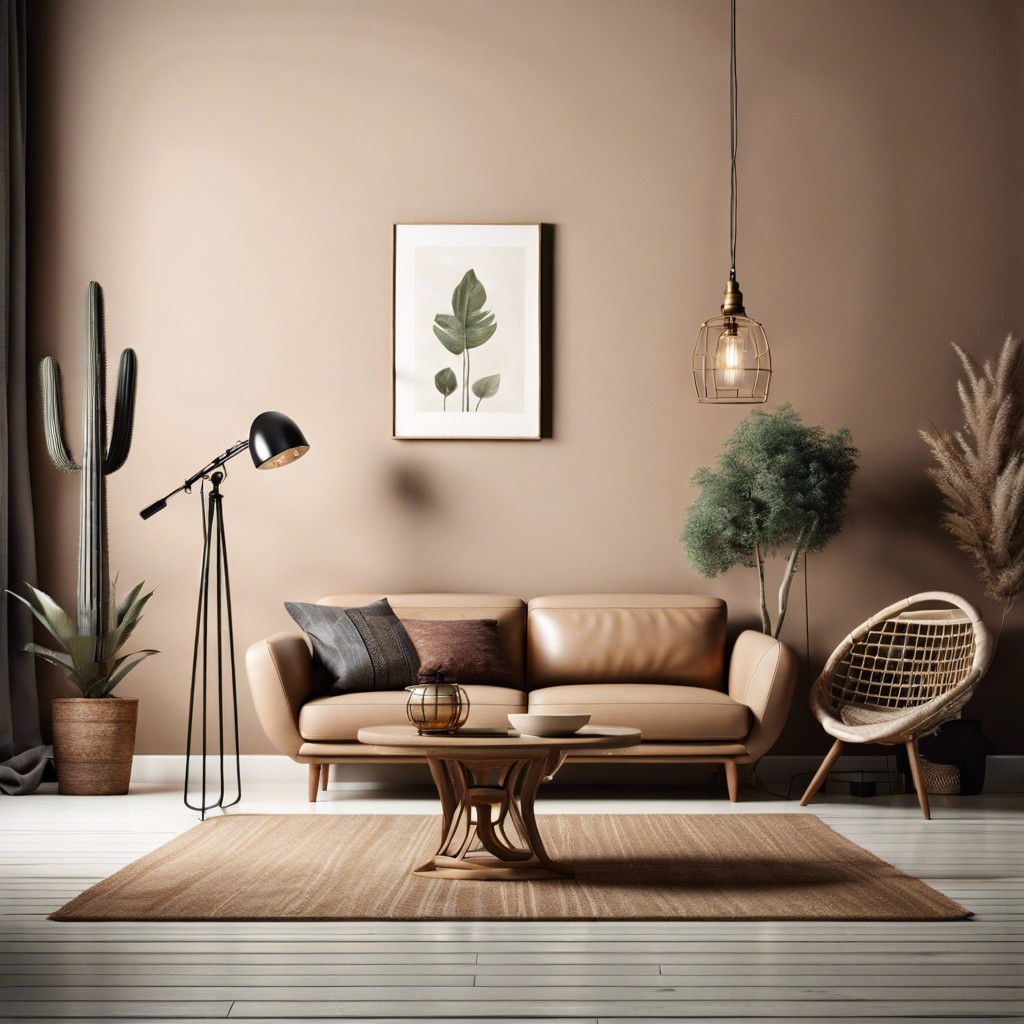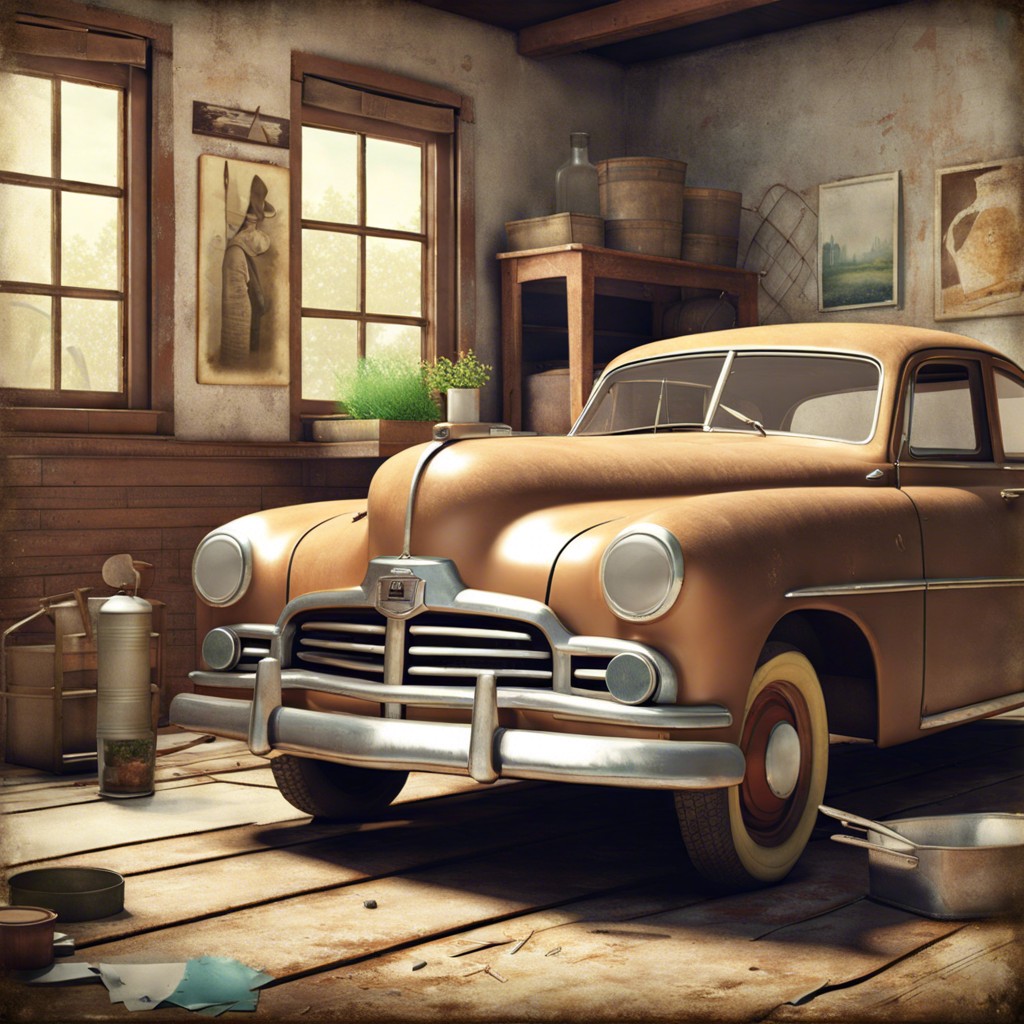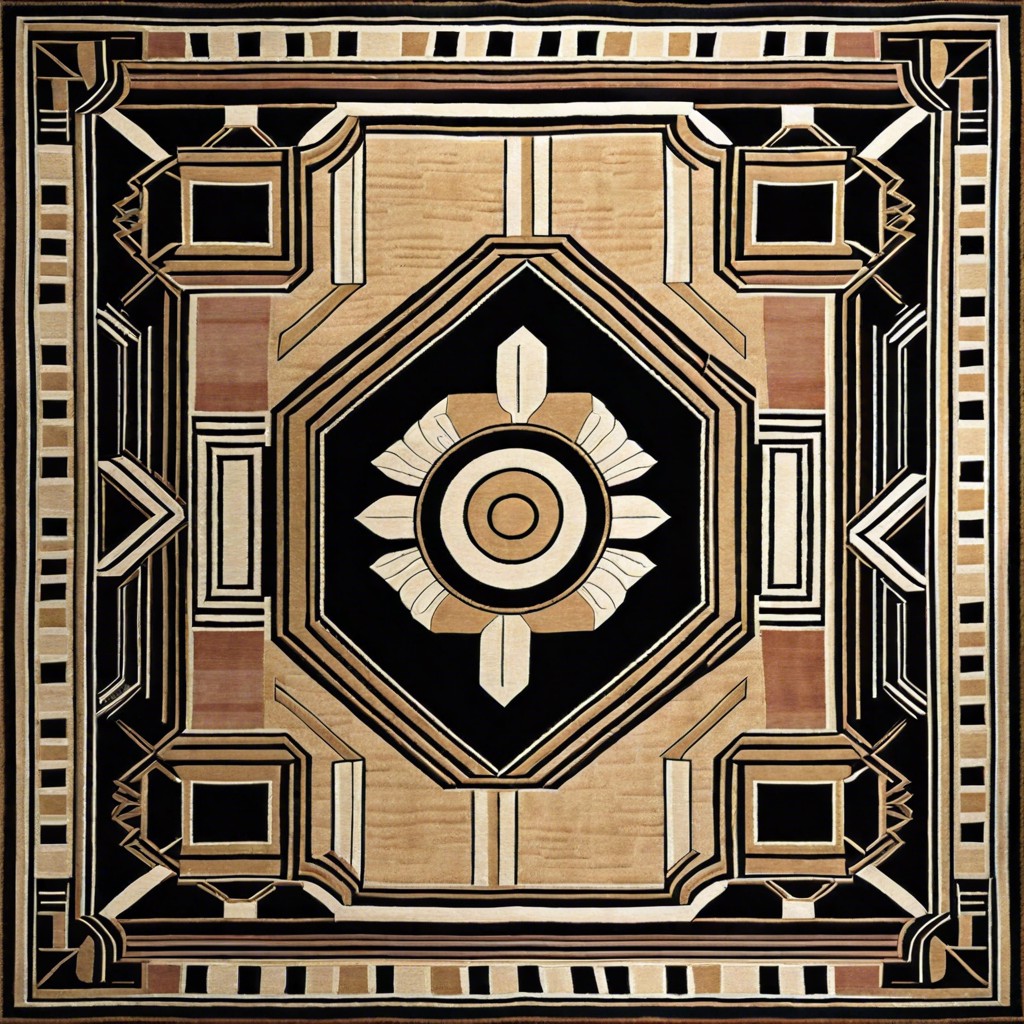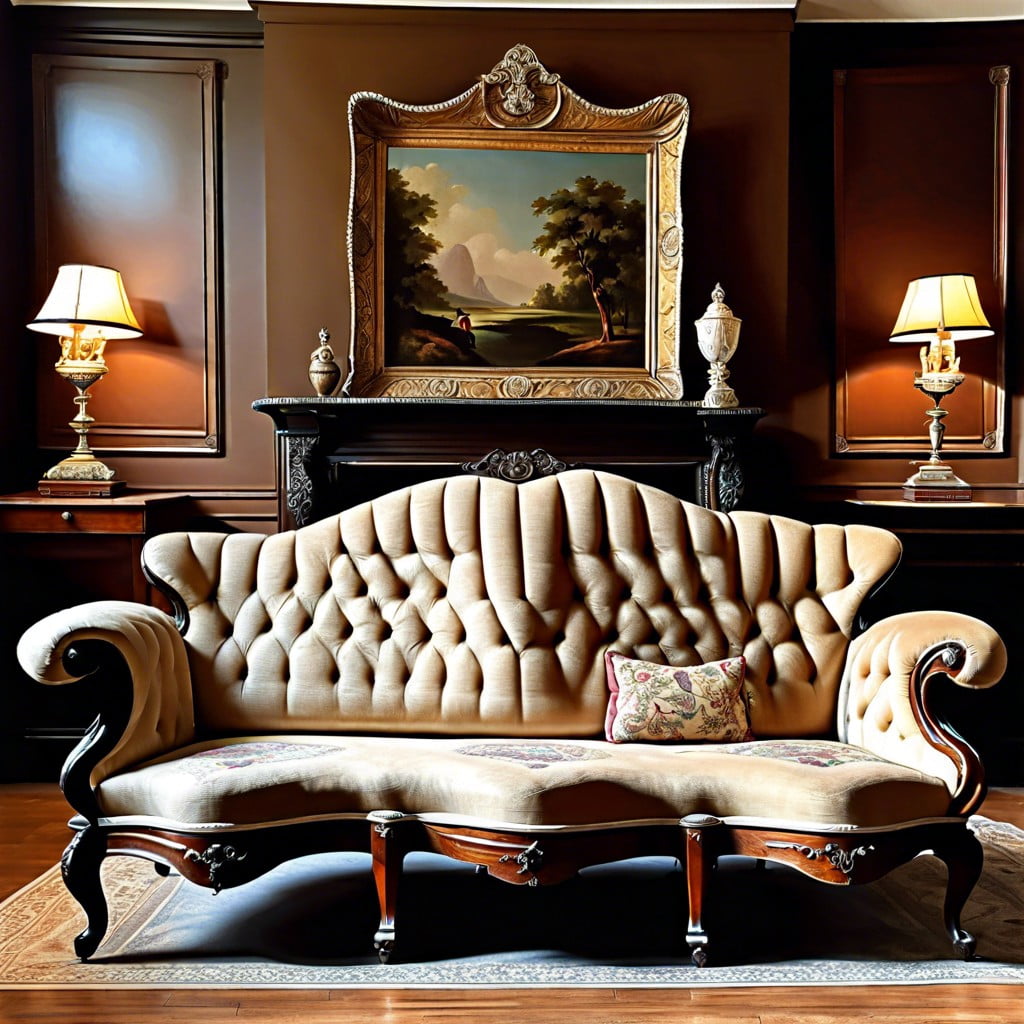Last updated on
This article examines the allure and significance of vintage backgrounds in design and how they can be effectively utilized.
Key takeaways:
- Vintage backgrounds reflect a specific period in the past.
- They offer insights into historical trends, societal norms, and cultural shifts.
- Vintage backgrounds showcase a rich tapestry of colors, patterns, and textures.
- Different art movements have influenced the design of vintage backgrounds.
- Incorporating vintage backgrounds adds depth and character to modern spaces.
Defining Vintage Backgrounds

The term ‘vintage’ refers to items or designs that reflect a specific period in the past, typically at least 20 to 100 years old. These backgrounds are not only favored for their age but also for the craftsmanship, nostalgia, and aesthetic they represent. They encompass a variety of patterns, colors, and textures from various decades that tell a story of that era’s design trends. Authentic vintage backgrounds can be found in numerous forms, including wallpapers, textiles, and photographic backdrops, each contributing to the historical ambiance of a space or artistic composition. It’s crucial to differentiate between genuine vintage and vintage-inspired designs; the latter echoes the style of the past without being an original from that time.
Historical Significance of Vintage Backgrounds

Vintage backgrounds offer a window into the past, encapsulating the essence of bygone eras. They serve as tangible reflections of historical trends, societal norms, and cultural shifts. Each pattern, color, and texture tells a story about the period it originates from, often influenced by technological advancements and available materials of the time.
For instance, the intricate floral designs and rich hues found in Victorian wallpapers highlight the period’s taste for opulence and detail. Similarly, the bold geometric patterns and vibrant color palettes of the Art Deco era reflect the fascination with modernity and the Machine Age.
Collectors and historians study these backgrounds to gain insights into the production techniques and consumer behavior of earlier generations. In conservation efforts, preserving or accurately reproducing vintage backgrounds allows for the maintenance of a historical property’s authenticity.
These backgrounds are not only remnants but also markers of innovation, as they often showcase the technological strides in printing and production methods, like the transition from hand-painting to mechanized screen-printing.
Understanding the historical significance of vintage backgrounds enriches appreciation for their beauty and adds depth to their contemporary applications.
Aesthetic Characteristics of Vintage Backgrounds

Vintage backgrounds showcase a rich tapestry of colors, patterns, and textures that speak to the aesthetics of the past. These visuals are often rooted in the specific time period’s design trends, featuring muted and earthy tones or the dynamic, bold palettes of the mid-20th century. Patterns might include florals, paisleys, or geometric designs indicative of the retro era.
Textures are another important aspect, with backgrounds often exhibiting the look of natural wear and the patina of age, contributing to their authentic feel. This may be seen in materials like weathered wood, crackled paint, or oxidized metal.
Moreover, typography on vintage backgrounds may be stylized with particular fonts that were popular during the respective era. This helps to create a cohesive, period-specific ambiance.
Key details that might appear in vintage backgrounds also include ornate borders or motifs like damasks, which were a staple in certain historical periods. These components serve to create a sense of nostalgia and invoke the charm of days gone by.
The Influence of Art Movements On Vintage Backgrounds

Art movements have left indelible marks on vintage backgrounds through distinct styles and motifs that reflect the cultural and societal shifts of their times.
During the Art Nouveau period, for instance, backgrounds were adorned with organic lines and floral patterns, mirroring the movement’s fascination with nature and flowing forms. This aesthetic often graces wallpapers and textiles from the late 19th to early 20th century.
The 1920s and ’30s brought Art Deco into prominence, characterized by sharp geometric shapes and bold colors. Backdrops and decorations from this era exhibit a blend of luxury and symmetry, reflective of the zeitgeist’s optimism.
Following World War II, Mid-Century Modern design emerged, espousing functionality and simplicity. Backgrounds from this movement feature pared-down forms, organic shapes, and clean lines, standing as hallmarks of post-war minimalism and the era’s forward-thinking spirit.
Each movement influenced what we now identify as vintage, shaping a dynamic visual landscape that informs both historic appraisal and contemporary application.
Modern Usage of Vintage Backgrounds in Interior Design

Incorporating vintage backgrounds into contemporary spaces injects a layer of depth and character often missing in modern design. Distinct wall coverings with heritage patterns can serve as a statement piece in an otherwise minimalist room. Traditional wallpaper featuring Victorian florals or Art Deco geometrics, for instance, pairs well with sleek furniture, offering a contrast that is visually striking and rich with narrative.
Repurposing materials is another avenue for designers looking to infuse a vintage aesthetic. Reclaimed wood panels or salvaged tiles not only tell a story but also contribute to a sustainable approach to decorating. These elements bring warmth and authenticity to a space, creating a sense of continuity with the past.
Retro color palettes, too, find their way into modern homes, with hues reminiscent of the mid-century or the exuberant 70s making bold comebacks. These colors provide a backdrop that complements both the clean lines of contemporary furniture and the ornate details of antique pieces.
Accessories play a crucial role; strategically placed vintage mirrors, frames, or tapestries add layers to the background without overwhelming the space. By blending eras, one achieves a dynamic and personalized environment, where the old beautifully meets the new.
Related:




